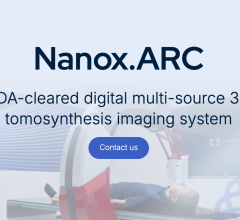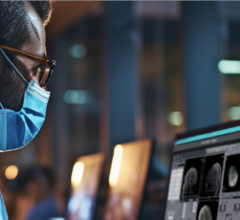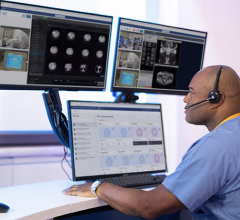November 9, 2016 — Teleradiology Solutions (TRS) announced it was selected by Massachusetts General Hospital (MGH) in Boston to perform remote 3-D post-processing services.
As part of the agreement, TRS — among the first teleradiology companies in the United States to be accredited by the Joint Commission — invested in the creation of a new facility manned by 3-D-trained radiologists to offer Routine and STAT 3D services. TRS will follow and utilize MGH’s 3-D protocols as it performs the assigned 3-D post-processing services. With its 24-hour staffing, the new facility is fully capable of performing services for MGH, but also for other facilities across the globe.
“Our goal is to enhance the diagnostic capabilities and timeliness of information that can help improve lives for patients,” said Gordon Harris, Ph.D., director of 3-D imaging for MGH. “Working with TRS’ radiologists, who are trained on MGH 3-D protocols, for our overnight and weekend 3-D coverage helps us deliver timely 3-D imaging services with consistent 3-D protocols and quality seven nights a week when we do not have 3-D coverage on site. We hope that access to this technology can expand to providers as high-quality 3-D image post-processing could have a significant impact on patient care – particularly emergency and trauma care – across the world.”
The 3-D images will enable physicians at MGH to better understand patients’ disease processes and develop treatment and intervention plans in a timelier way. Effective 3-D post-processing is now possible globally thanks to the increased deployment and utilization of cutting-edge high-resolution computed tomography (CT) and magnetic resonance imaging (MRI) scan equipment, yet few hospitals and physicians have the combination of staff and technology to create the 3-D images within their facility. The collaboration between TRS and MGH can now help fill that void.
For example, TRS can now use images received from a hospital to create the 3-D image post-processing so that physicians can see aneurysms and vessel blockages that may potentially result in life-threatening complications. Thus, 3-D imaging enables physicians to greatly facilitate their diagnosis, treatment and subsequent follow-up to help their patients achieve the best possible outcomes.
For more information: www.telradsol.com


 November 06, 2025
November 06, 2025 









